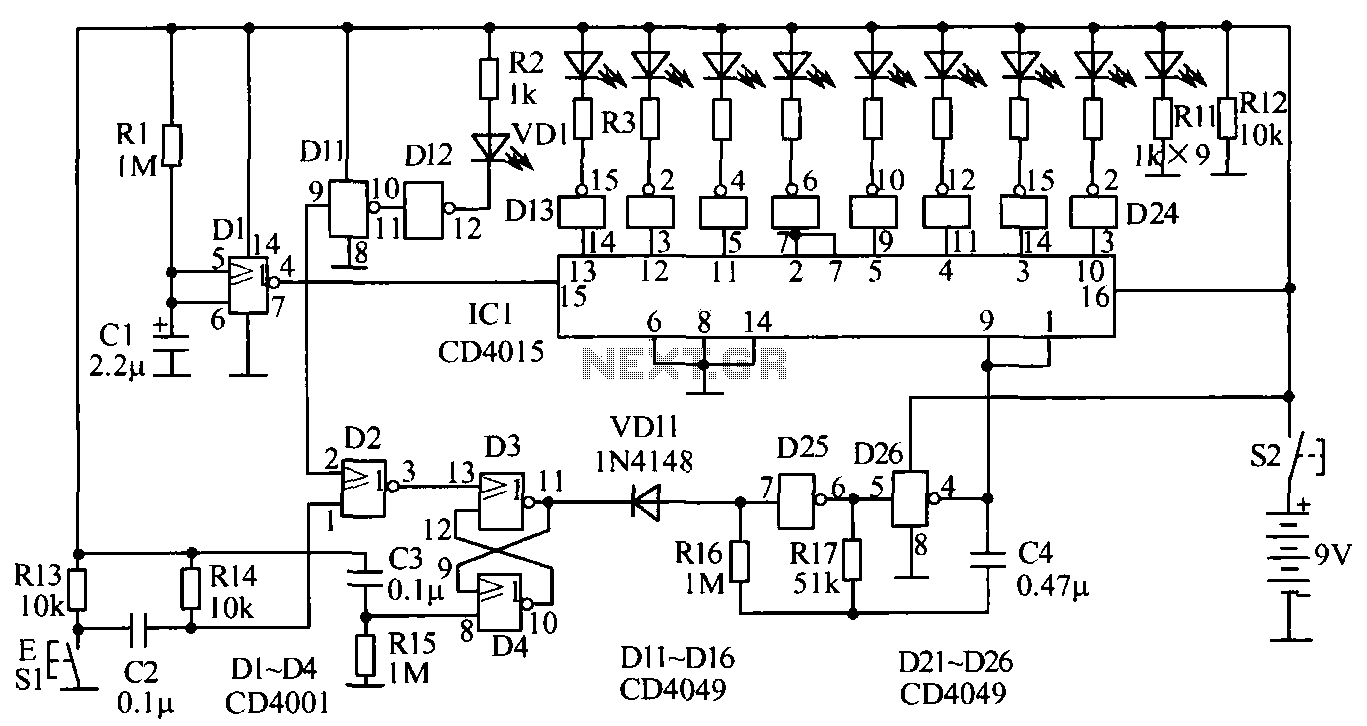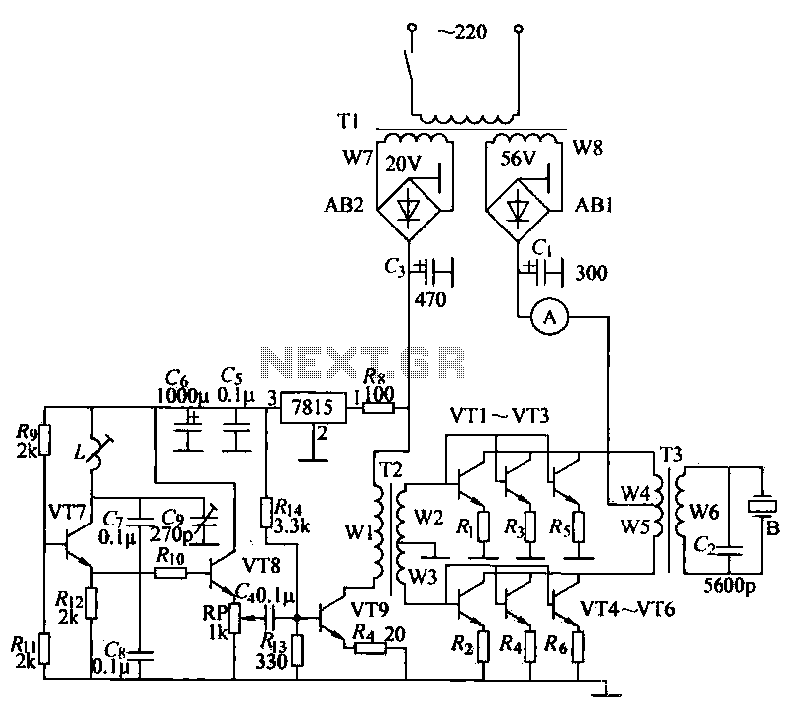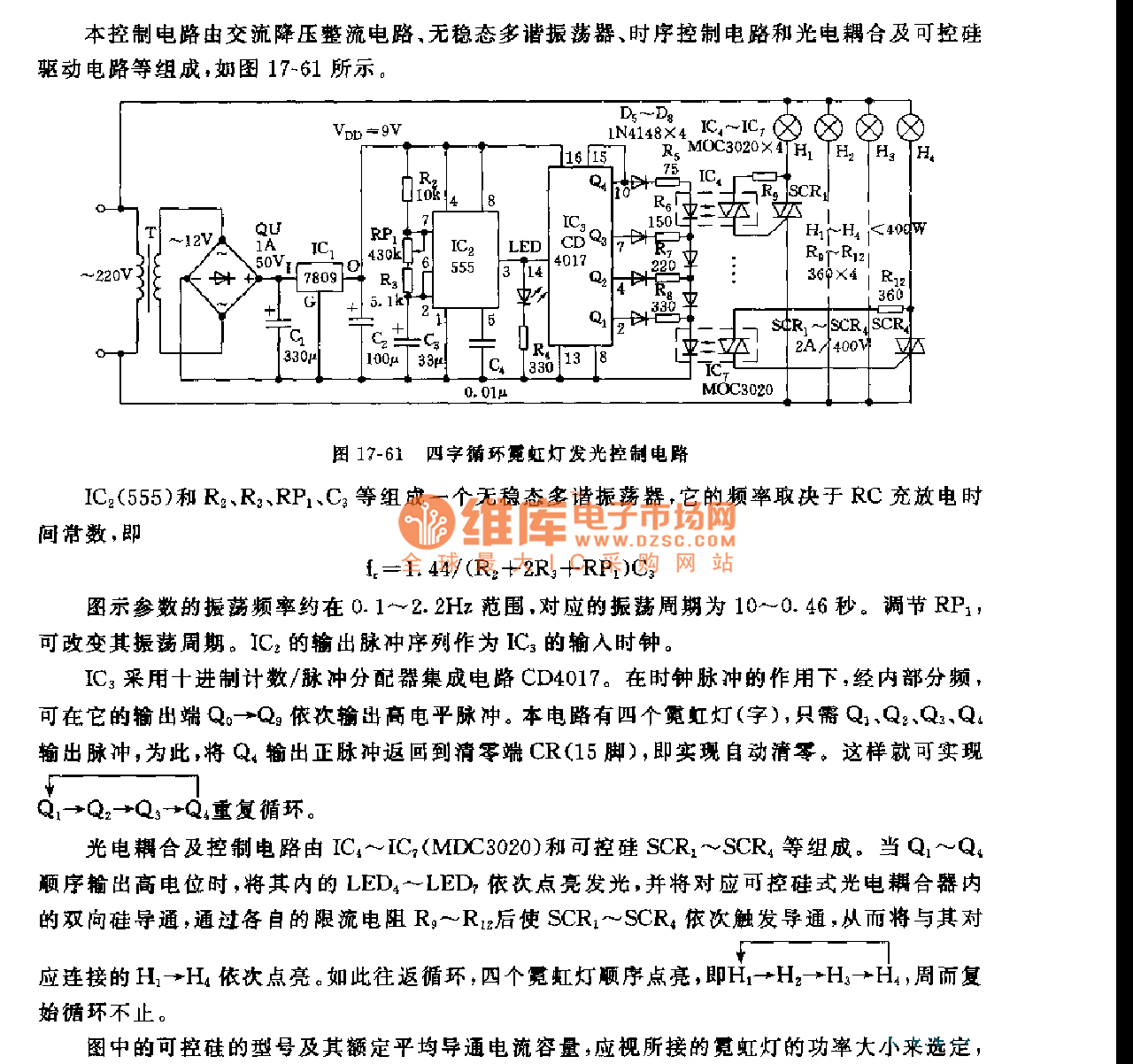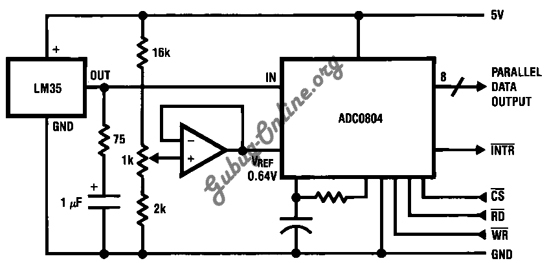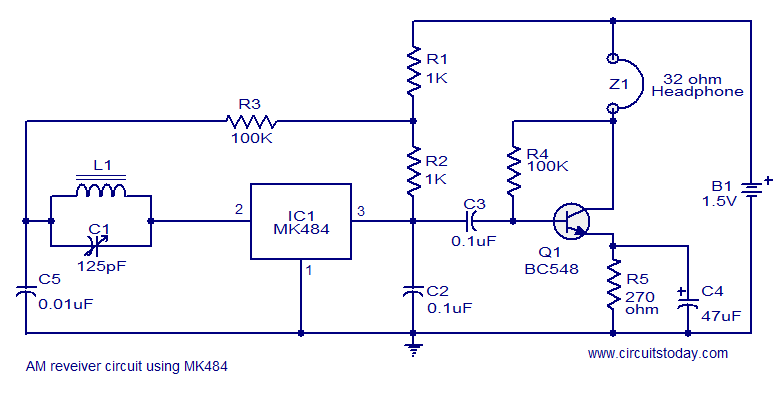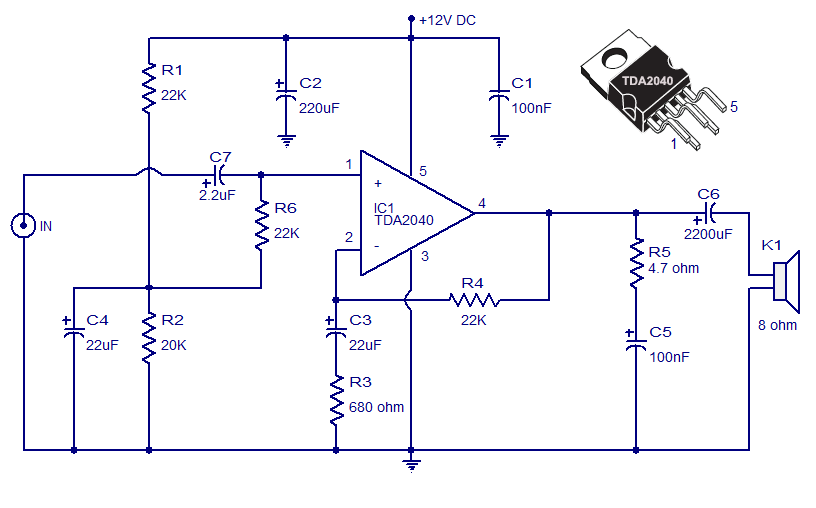
Long timed circuit diagram LM307N CA3094
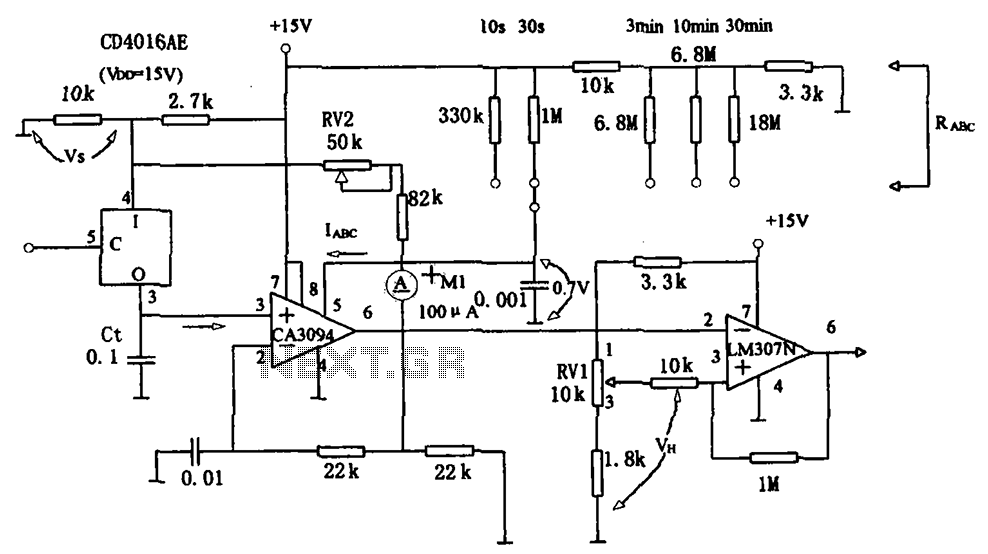
The long timer circuit utilizes an operational amplifier, specifically the CA3094, to control the discharge formula for extended timing. This is typically achieved by adjusting the variable resistor RV1, which alters the timing duration to meet specific requirements.
The long timer circuit is designed to provide extended timing intervals through the use of the CA3094 operational amplifier. The operational amplifier is configured in a manner that allows it to control the discharge of a timing capacitor, creating a delay in the output signal. The timing duration can be modified by adjusting the variable resistor RV1, which changes the resistance in the timing circuit. This adjustment directly influences the charging and discharging rates of the capacitor, thus allowing for precise control over the timing intervals.
In practical applications, the circuit can be employed in various timing applications such as delay timers, pulse generators, or in scenarios where a prolonged timing signal is required. The CA3094 is selected for its favorable characteristics, including low input bias current and high slew rate, which contribute to the overall performance of the timer circuit.
The circuit may also include additional components such as diodes for protection against reverse polarity, capacitors to stabilize the operational amplifier, and resistors to set the gain and timing characteristics. Careful selection of these components, along with the configuration of the operational amplifier, ensures that the circuit operates efficiently and reliably over extended periods.
Overall, this long timer circuit serves as a versatile solution for applications requiring adjustable timing intervals, making it a valuable addition to various electronic systems. As shown for the long timer circuit. This circuit uses an operational amplifier CA3094 controlled discharge formula for long timed, usually by changing the RV1 VH, continuously changing the timing to achieve the purpose.
The long timer circuit is designed to provide extended timing intervals through the use of the CA3094 operational amplifier. The operational amplifier is configured in a manner that allows it to control the discharge of a timing capacitor, creating a delay in the output signal. The timing duration can be modified by adjusting the variable resistor RV1, which changes the resistance in the timing circuit. This adjustment directly influences the charging and discharging rates of the capacitor, thus allowing for precise control over the timing intervals.
In practical applications, the circuit can be employed in various timing applications such as delay timers, pulse generators, or in scenarios where a prolonged timing signal is required. The CA3094 is selected for its favorable characteristics, including low input bias current and high slew rate, which contribute to the overall performance of the timer circuit.
The circuit may also include additional components such as diodes for protection against reverse polarity, capacitors to stabilize the operational amplifier, and resistors to set the gain and timing characteristics. Careful selection of these components, along with the configuration of the operational amplifier, ensures that the circuit operates efficiently and reliably over extended periods.
Overall, this long timer circuit serves as a versatile solution for applications requiring adjustable timing intervals, making it a valuable addition to various electronic systems. As shown for the long timer circuit. This circuit uses an operational amplifier CA3094 controlled discharge formula for long timed, usually by changing the RV1 VH, continuously changing the timing to achieve the purpose.
